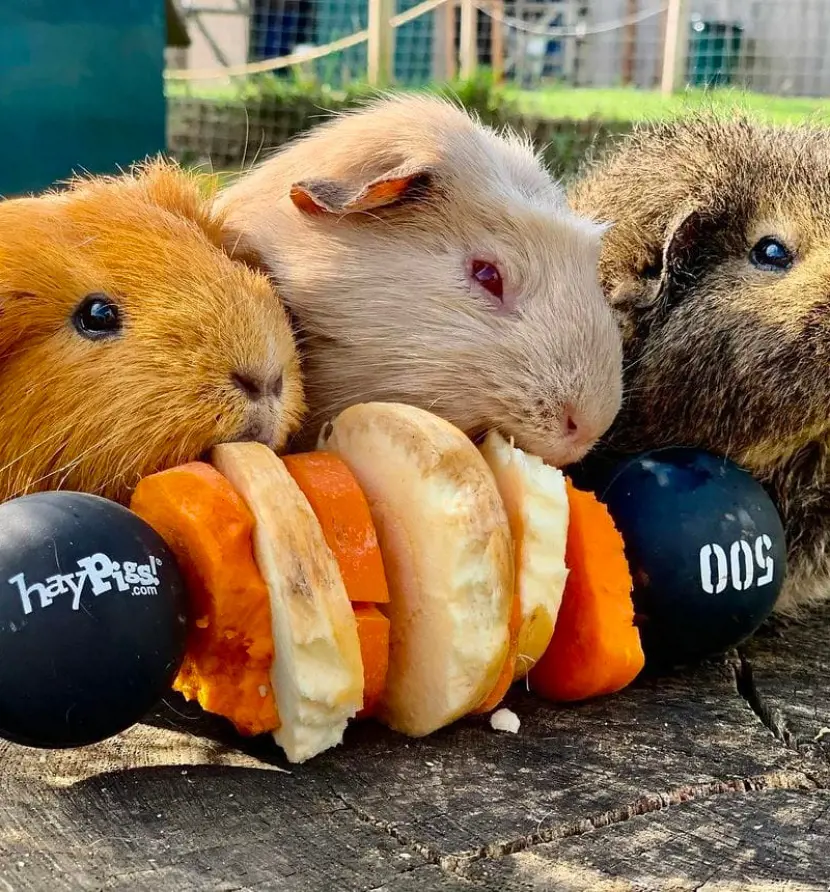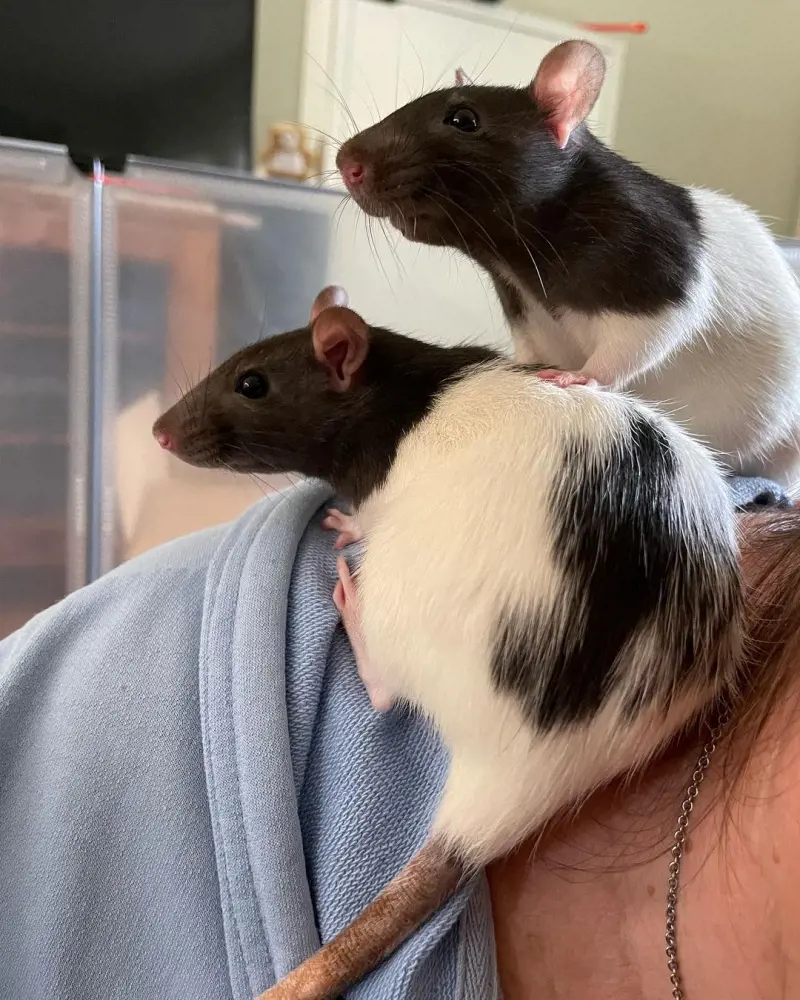10 Facts To Consider Before Owning A Capybara As A Pet
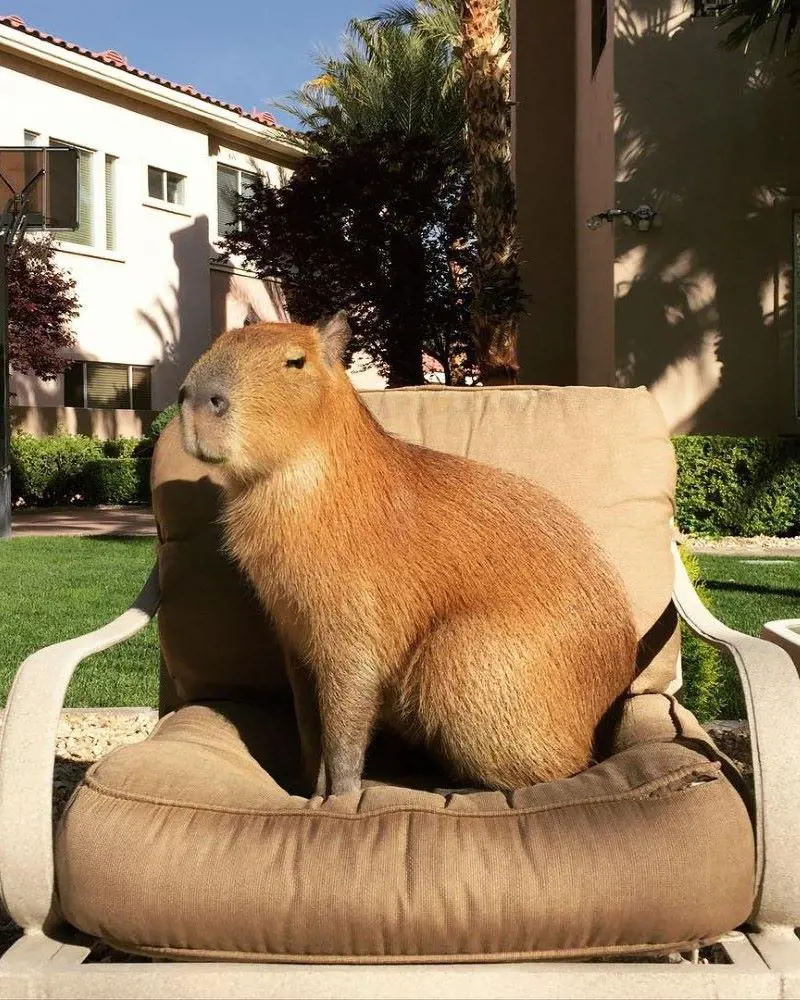
This post may contain affiliate links. If you make a purchase through links on our site, we may earn a commission.
The Capybara, a rodent native to South America, is emerging as an exotic pet. These furry creatures are known for their unique appearance that resembles a hybrid of a rabbit or rat.
While not a fully domesticated animal, Capybaras can be tamed with relative ease if given proper training and routine. However, before owning a wild animal as a pet, potential owners are recommended to do extensive research on the species. Without further delay, let's take a look at 10 little known facts about Capybaras that can come handy.
1. Capybaras Are The Largest Rodents
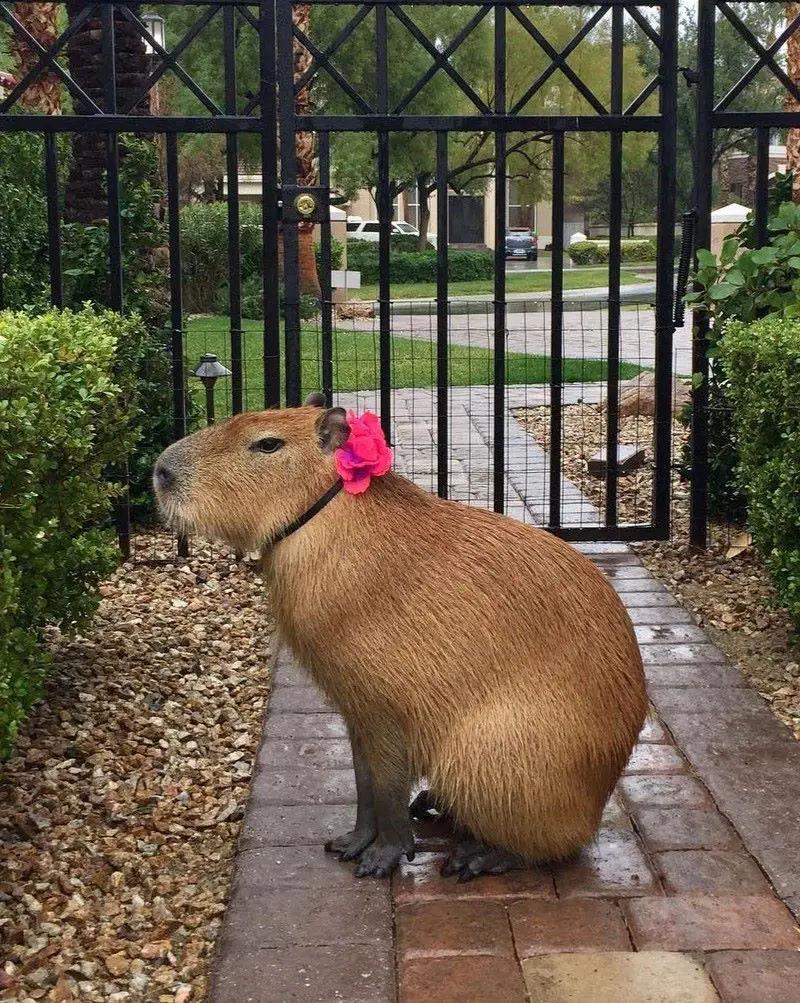
The Capybara is the largest rodent in existence today. On average, an adult male measures around 3.5 to 4.5 feet in body length, making it quite substantial compared to other rodents. Additionally, they stand at a height of approximately 1.5 feet, giving them a sturdy and robust appearance.
In terms of weight, an adult Capybara typically weighs between 77 to 146 pounds. This weight is mainly due to their muscular build and thick, heavyset bodies. The Capybara has a barrel-shaped body covered in short, rough hair that can vary in color from reddish-brown to a dark, grizzled gray.
2. They Are Semi-Aquatic
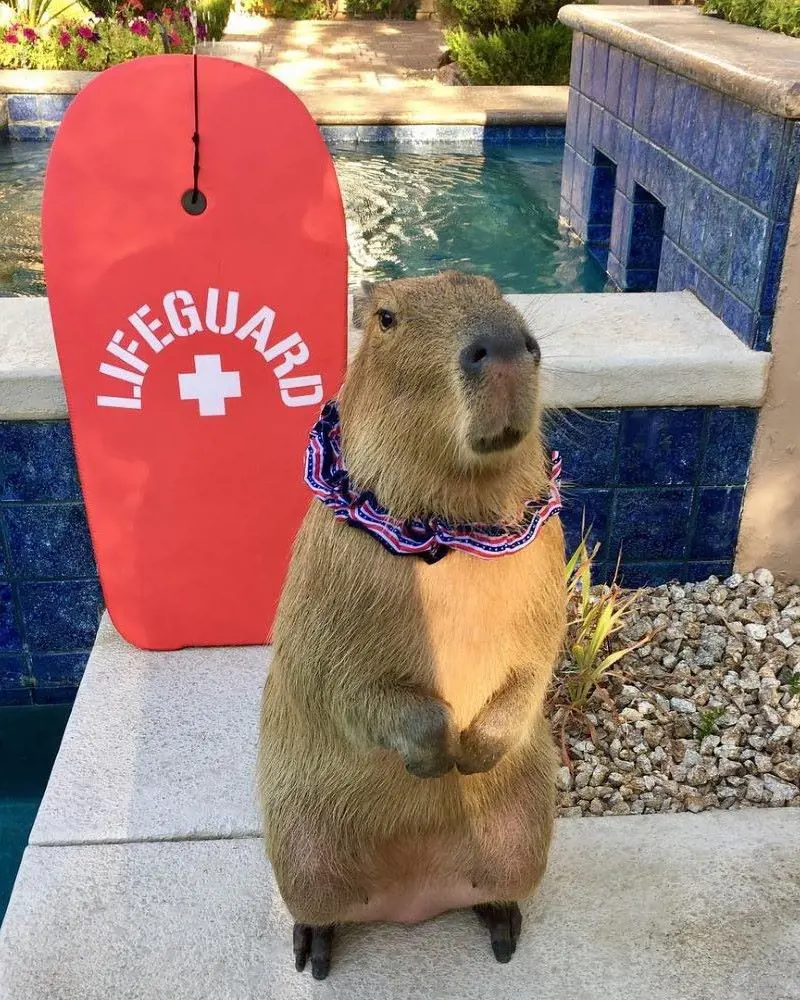
The Capybara is well adapted to both terrestrial and aquatic environments. These animals are excellent swimmers and spend a significant amount of their time in the water. They have webbed feet and their dense, oily fur helps them stay buoyant and dry.
Moreover, Capybaras can hold their breath underwater for up to five minutes, which allows them to easily navigate through rivers, lakes, and marshes. Their eyes, ears, and nostrils are located on top of their heads, enabling them to keep them above the water surface while swimming.
3. They Are Extremely Social
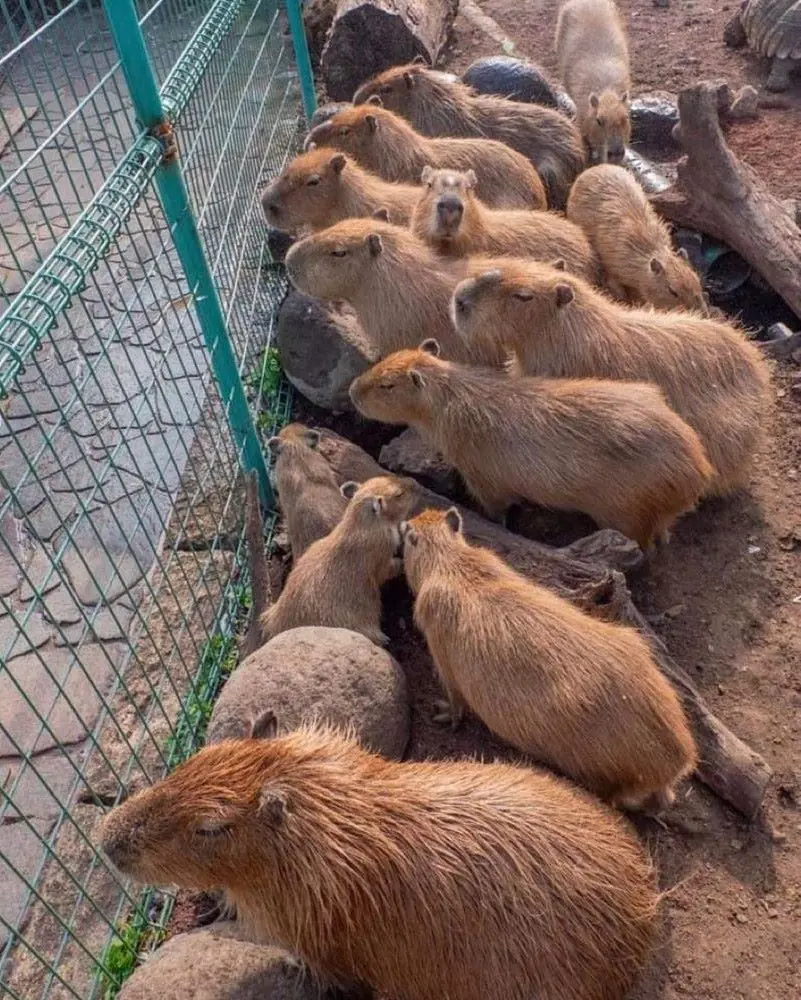
Capybaras are highly social animals that normally live in groups called "herds" or "colonies." These groups can consist of anywhere from 10 to 40 individuals, although larger groups have also been observed in some cases.
The social structure within a group is hierarchical, with a dominant male leading the herd. Capybaras engage in various social behaviors to maintain group cohesion. They are known to groom each other, which not only helps in hygiene but also strengthens social bonds.
4. They Are Herbivorous Animals
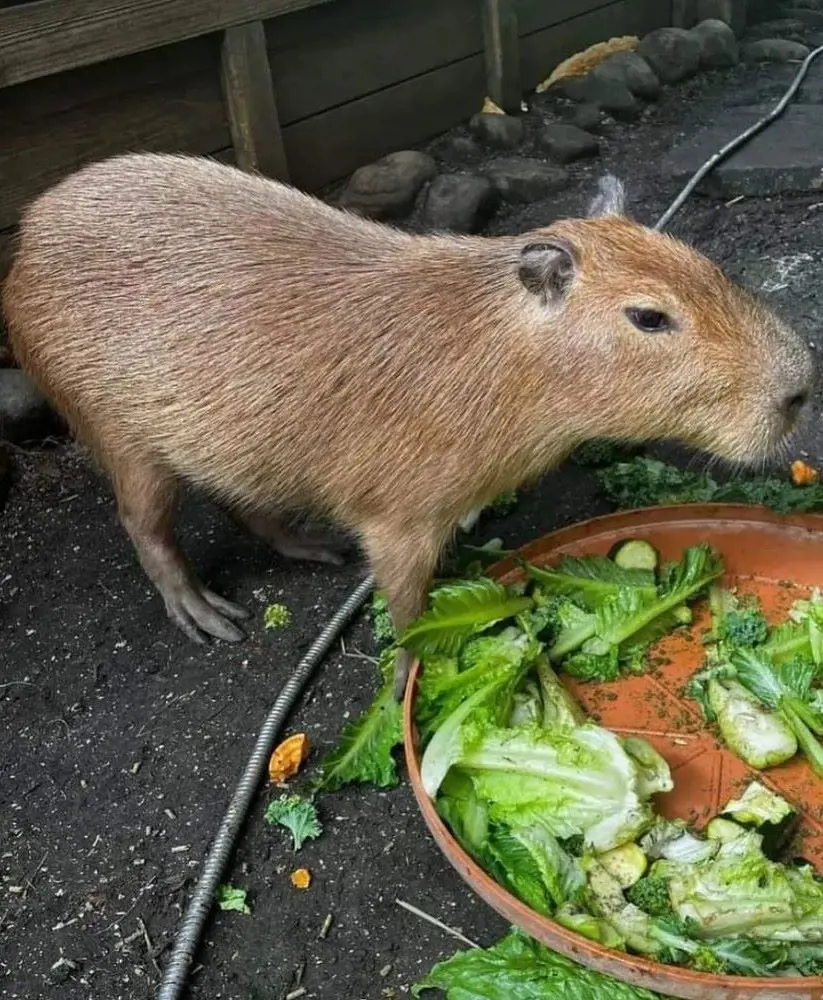
Capybaras are herbivores, primarily feeding on a variety of plant materials. Their diet consists mainly of grasses, aquatic plants, and other vegetation found in their natural habitats such as marshes, swamps, and tropical rainforests. They are known to consume a wide range of plants including leaves, stems, bark, fruits, and even aquatic vegetation like water hyacinths.
Capybaras also have a special preference for certain types of grasses, especially those with high nutritional value. They have a unique digestive system that allows them to efficiently process plant material, including tough and fibrous vegetation.
5. Capybaras Communicate Through Vocalization
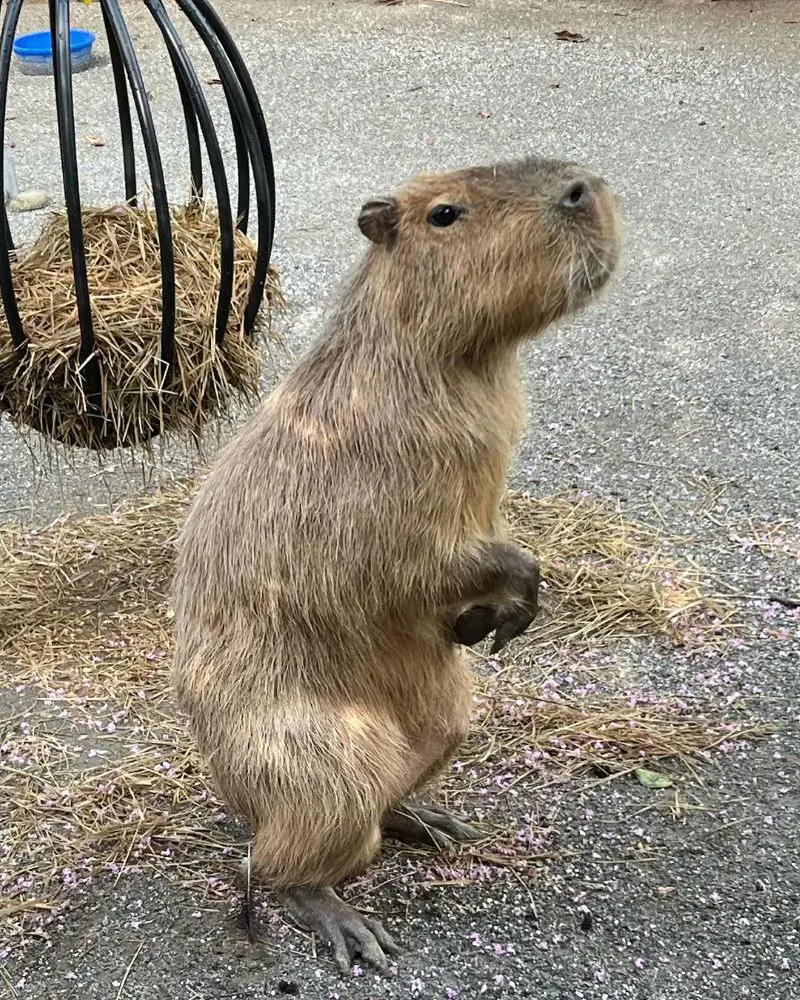
While Capybaras are generally quiet animals, they have a variety of vocal signals to convey different messages. A common method is a series of short barks, which they use to alert others of potential danger. These barks are often high-pitched and can be quite loud, serving as an alarm call for the group.
Capybaras also produce softer vocalizations, such as purring or whining sounds, which are used for social bonding and communication within their family groups. These gentle sounds are often heard during grooming sessions or when they are in close proximity to one another.
6. They Have Unique Dental Structure
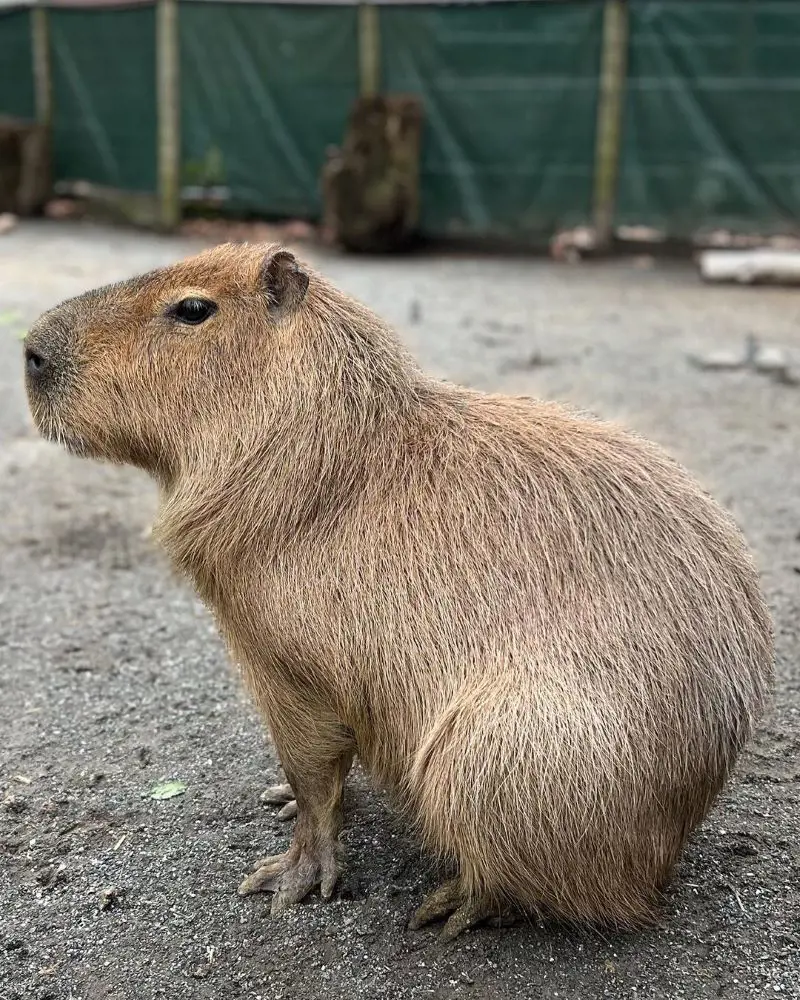
The Capybara possesses a unique set of teeth that are essential for its survival. They have a pair of sharp incisors at the front of their mouth, which continuously grow throughout their life. These incisors are well-adapted for cutting through vegetation and are strong enough to gnaw through tough grasses, aquatic plants, and even bark.
Behind the incisors, Capybaras have a set of premolars and molars that are flatter and designed for grinding and chewing their food. The strength of a Capybara's teeth is quite remarkable. They reportedly have a bite force of around 1,100 pounds per square inch (psi), making their bite stronger than that of a lion or a tiger.
7. Capybara Gives Birth To Multiple Babies
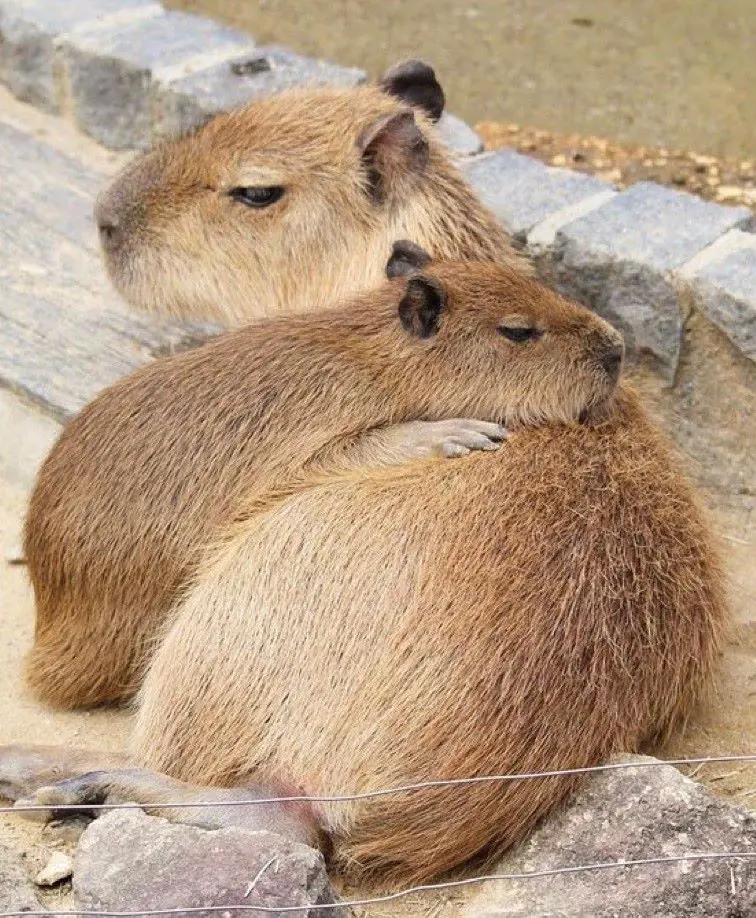
Capybaras usually give birth to a litter of around four to eight babies, although larger litters of up to 12 have been reported. These babies, known as pups, are precocial, meaning they are born relatively developed and able to move around shortly after birth.
Capybara pups are quite large compared to other rodent species, weighing around 1.5 to 2 pounds (0.7 to 1 kg) and measuring about 8 to 10 inches (20 to 25 cm) in length. They have a full coat of fur and are able to see and vocalize right away.
8. They Can Live For Over 12 Years In Captivity
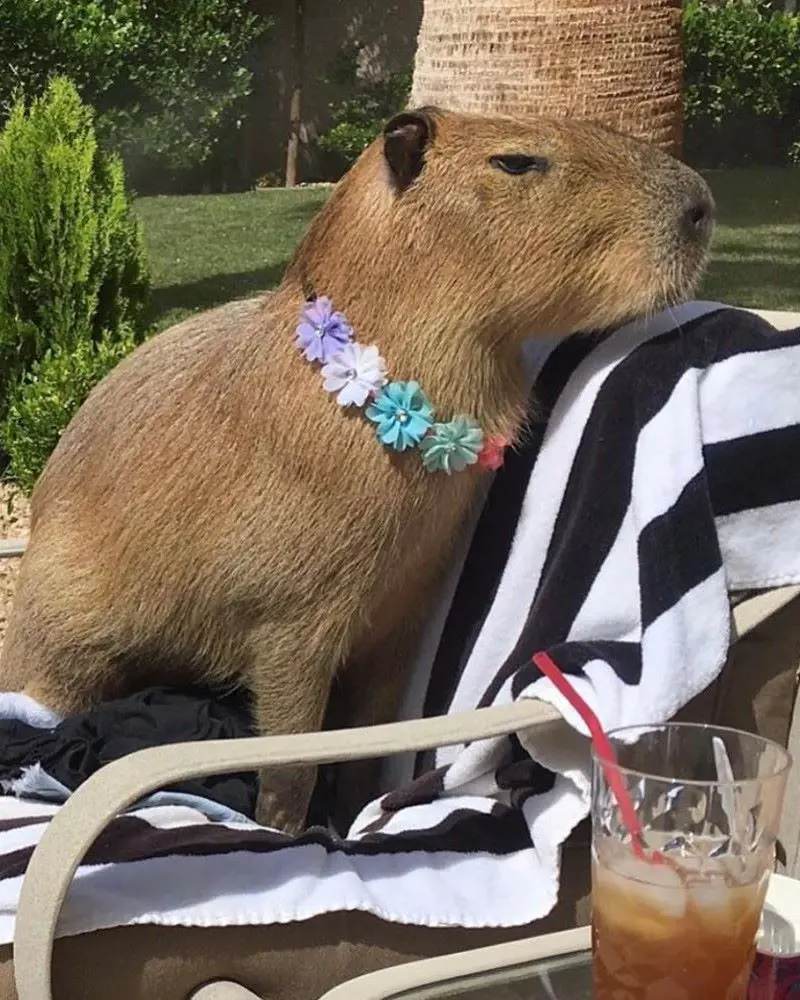
The Capybara has a relatively long life expectancy both in the wild and in captivity. In the wild, these creatures typically live for around 8 to 10 years. However, some individuals have been known to survive up to 12 years.
On the other hand, Capybaras kept in captivity tend to live longer due to the absence of natural predators and access to a consistent supply of food and water. In zoos and sanctuaries, they can live up to 12 to 15 years or even longer with proper care. Capybaras in captivity also benefit from veterinary attention, protection from harsh weather conditions, and a controlled environment that minimizes the risk of diseases.
9. They Contribute To Saving Ecosystem
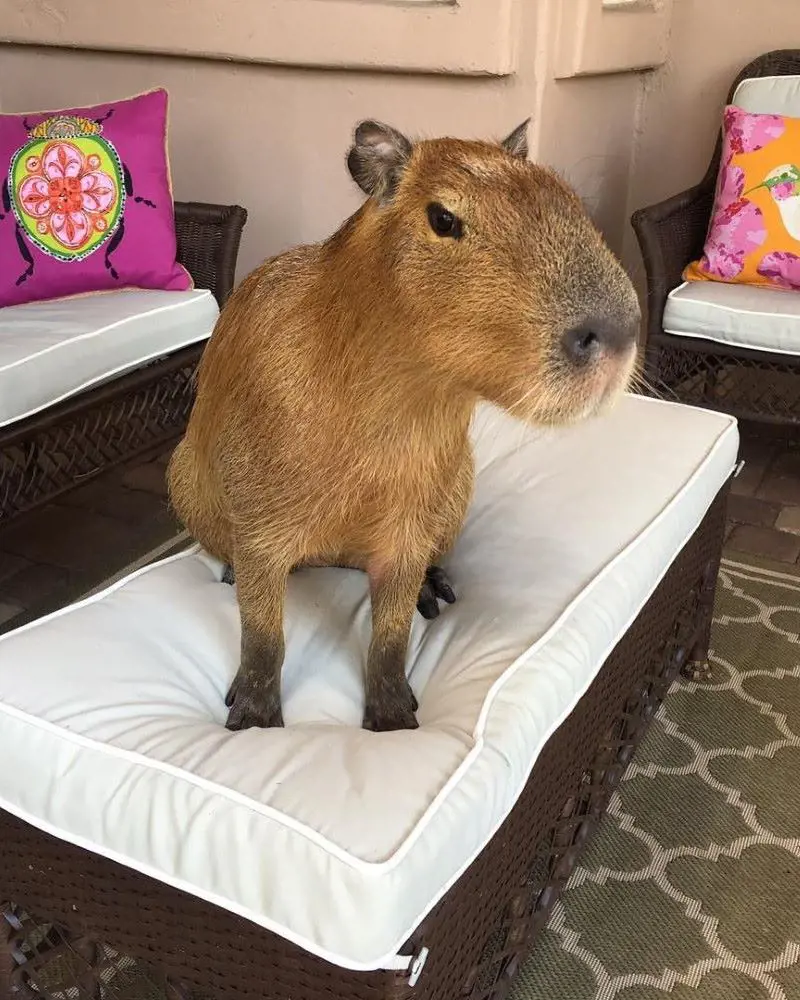
The Capybara plays a significant role in protecting the ecosystem it inhabits. As herbivores, they help control growth and prevent overgrowth of plants. Their feeding habits contribute to maintaining the biodiversity of the area.
Capybaras are known to create pathways and trails by continuously moving through their habitat. These trails facilitate the movement of other animals, including smaller mammals and reptiles. This indirectly supports the survival and distribution of various species, enhancing the overall health of the ecosystem.
10. They Have Cultural Significance In South America
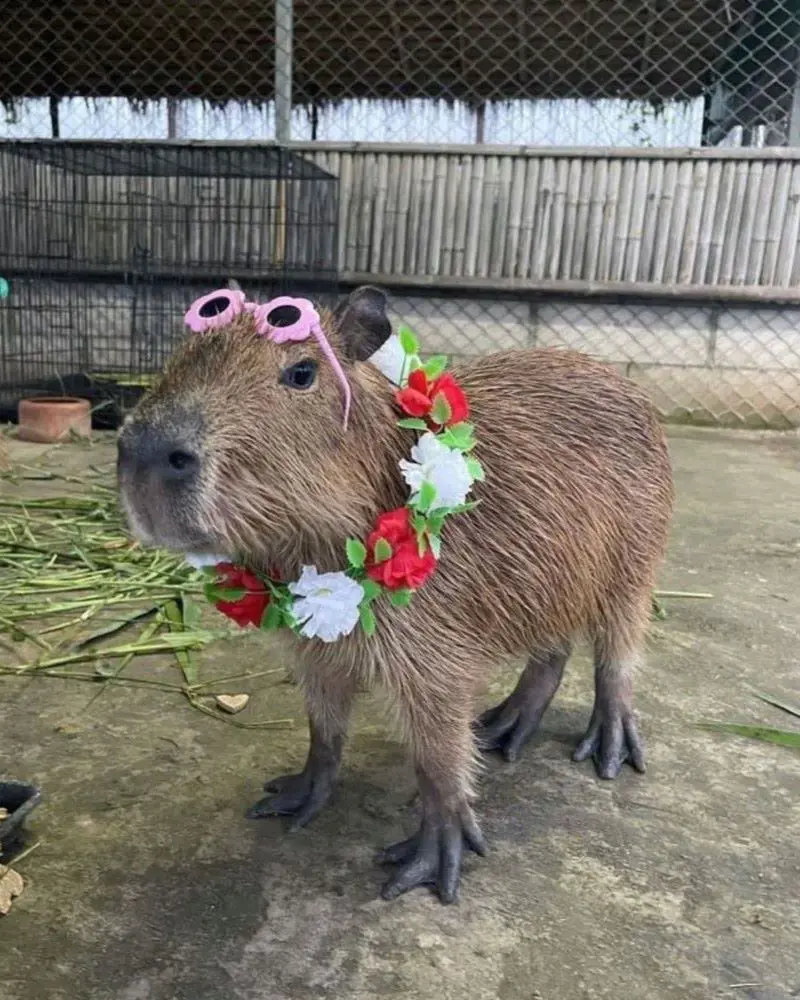
Capybaras have a long history of interaction with indigenous communities in South America. Many indigenous groups consider them to be sacred animals and believe they possess spiritual qualities.
Capybaras are often depicted in indigenous art and folklore, representing various aspects of their culture, such as fertility, abundance, and harmony with nature. Further, they are often used as a source of food by local communities. Their meat is consumed in some regions, whereas their hides are used for clothing and other purposes.
Recent posts
Rodents
Rodents
15 Adorable Guinea Pigs Breeds With Pictures
Guinea pigs have an irresistibly cute demeanor and charming appearance which makes these little creatures fantastic companions in the world of pets. From the quirky Abyssinian with its charming rosettes to the elegant Peruvian with its flowing locks,...
Rodents
15 Interesting Facts About Pet Rats
Meet the enchanting world of pet rats, where these pocket-sized companions defy the stereotypes associated with rodents by trading squeaks for sophisticated charm. Despite their diminutive stature, these charismatic rodents are the pocket dynamos of ...
